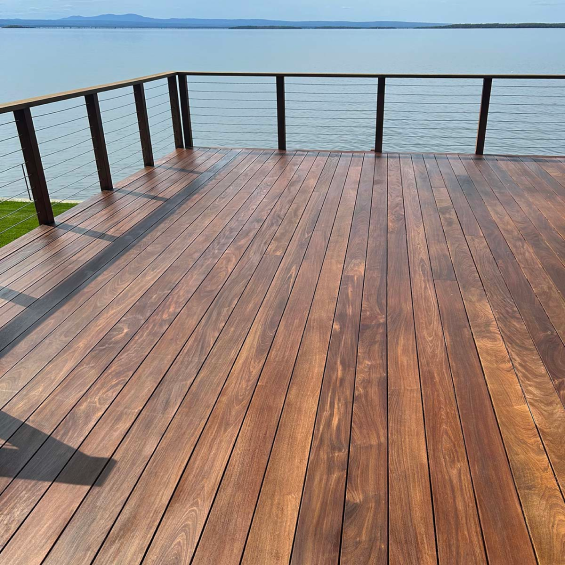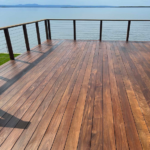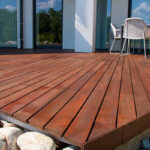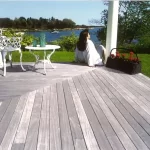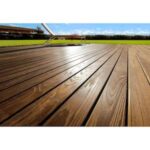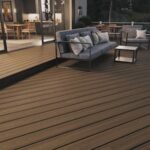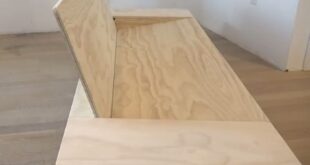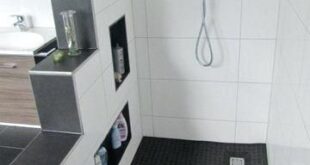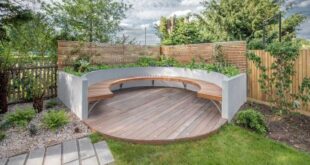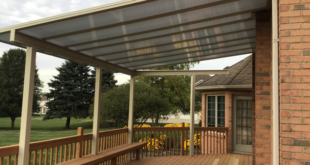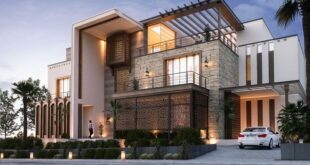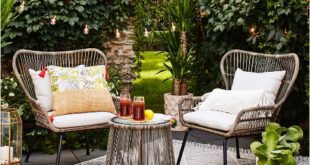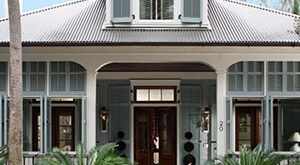Decking is a popular choice for creating outdoor living spaces, and one of the most important decisions you’ll need to make when building a deck is what type of wood to use. There are many different options available, each with its own pros and cons. In this article, we’ll explore some of the advantages and disadvantages of different types of decking wood.
Pressure-treated Pine
One of the most common and budget-friendly options for decking wood is pressure-treated pine. This type of wood is treated with chemicals to make it more resistant to rot and insects, making it a durable choice for outdoor use. Pressure-treated pine is also easy to work with and can be stained or painted to achieve the desired look. However, it does require regular maintenance, as it can warp, crack, and splinter over time if not properly cared for.
Cedar
Cedar is a popular choice for decking wood due to its natural beauty and resistance to rot and insects. It has a warm, reddish-brown color that can be left untreated to weather to a silvery gray patina or stained to maintain its original hue. Cedar is also lightweight and easy to work with, making it a good option for DIY projects. However, cedar is more expensive than pressure-treated pine and may still require regular maintenance to prevent warping and cracking.
Redwood
Redwood is another popular choice for decking wood due to its natural beauty and durability. Like cedar, redwood is resistant to rot and insects and has a rich, reddish hue that can be left untreated or stained. Redwood is also more stable than other types of wood, making it less likely to warp or crack over time. However, redwood is one of the most expensive options for decking wood and may be harder to find than other types.
Tropical Hardwoods
Tropical hardwoods, such as ipe, tigerwood, and mahogany, are some of the most durable and long-lasting options for decking wood. These woods are naturally resistant to rot, insects, and decay, making them ideal for outdoor use. Tropical hardwoods are also incredibly dense and heavy, making them resistant to warping and cracking. However, the high density of these woods can make them more difficult to work with and may require special tools for installation. Additionally, tropical hardwoods are some of the most expensive options for decking wood.
Composite
Composite decking is a man-made alternative to traditional wood decking that is made from a mixture of wood fibers and recycled plastic. Composite decking is low-maintenance, resistant to rot, insects, and decay, and comes in a variety of colors and styles. It is also splinter-free and doesn’t require staining or sealing. However, composite decking can be more expensive than traditional wood decking and may not have the same natural look and feel.
In conclusion, there are many different options available when it comes to choosing decking wood for your outdoor living space. Each type of wood has its own advantages and disadvantages, so consider your budget, maintenance requirements, and desired aesthetic when making your decision. Ultimately, the best decking wood for you will depend on your individual needs and preferences.
